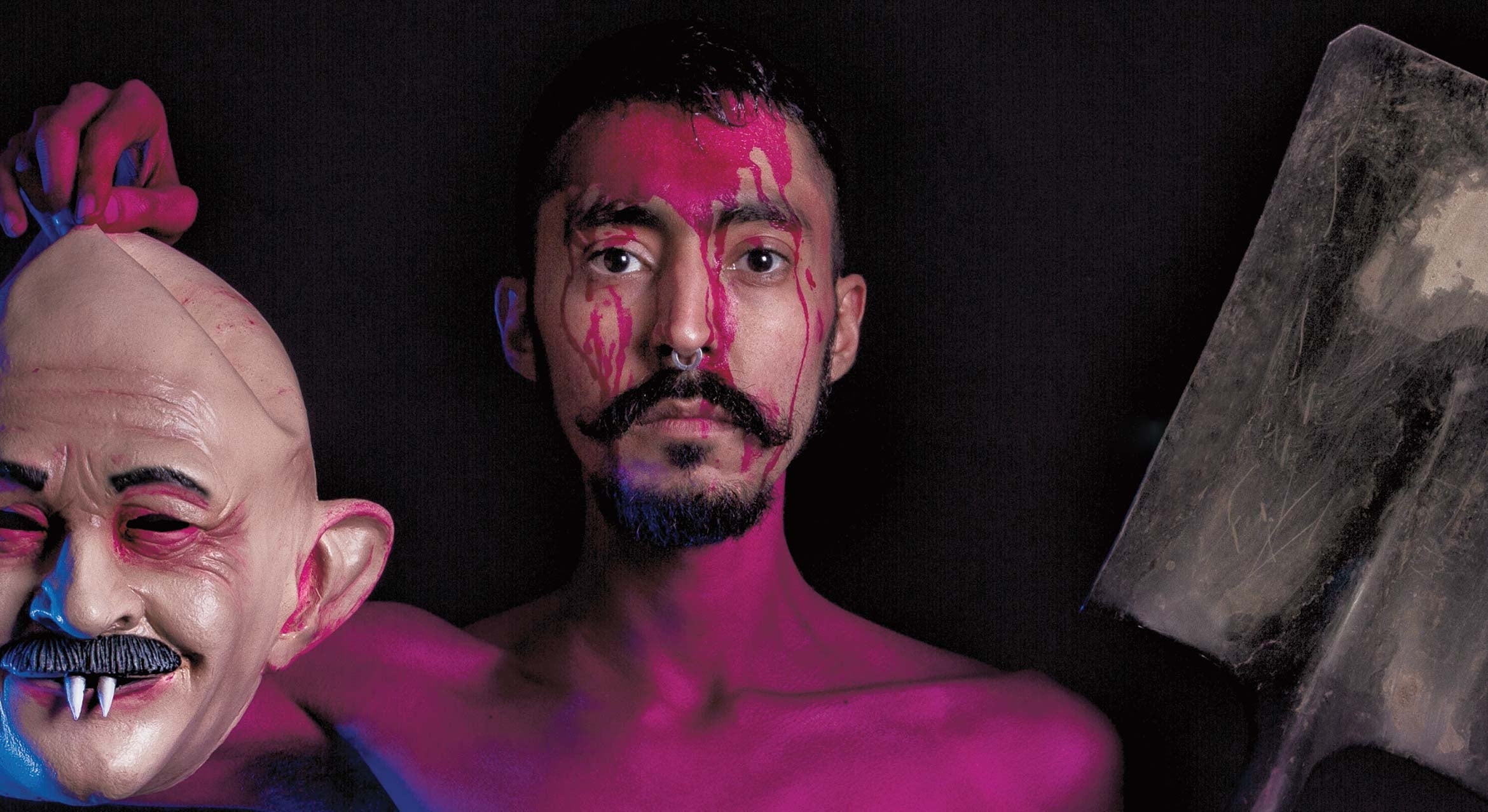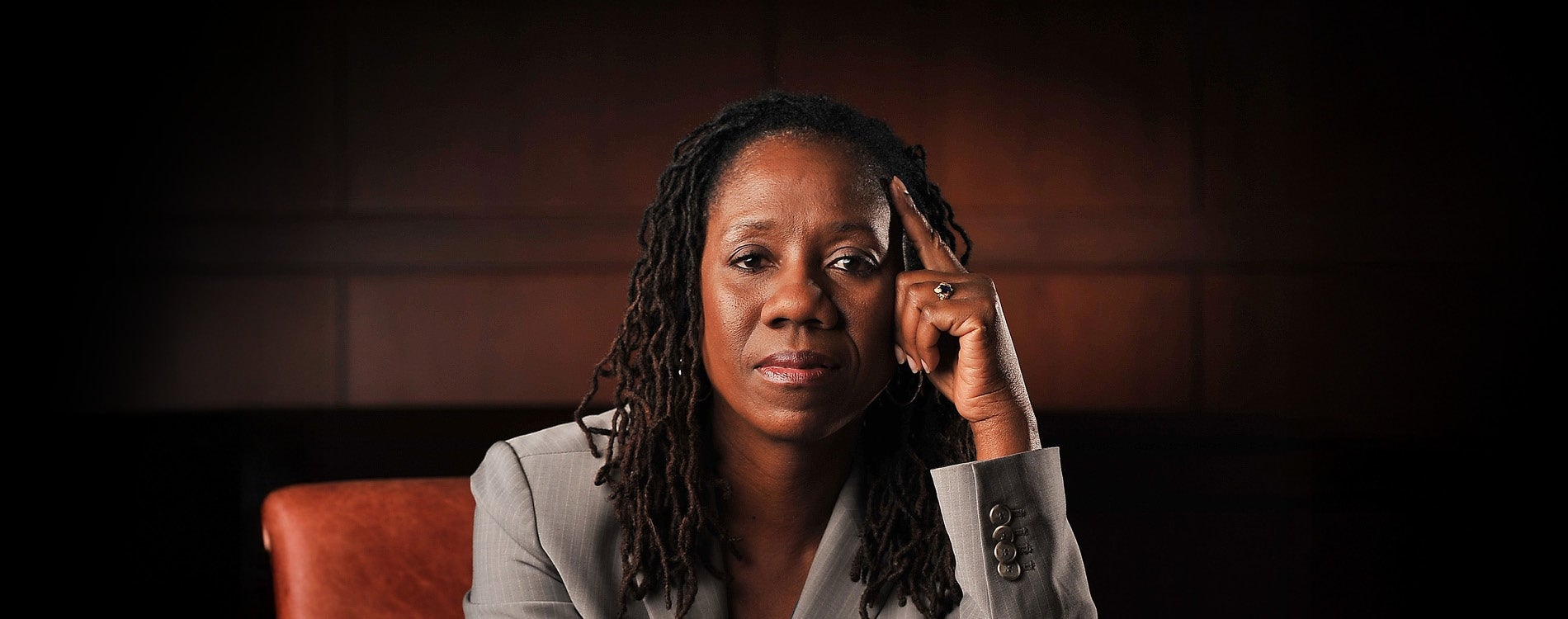Curie-osity
Following a brief excursion collecting leaves as samples for their study, the researchers returned to the lab. After donning the appropriate safety gear, they carefully washed each specimen before placing it in a petri dish and under a fume hood for closer examination.
It’s a fairly common exercise for a plant biologist, but the enthusiastic oohs and aahs emanating from these budding scientists suggested something quite uncommon was afoot. And, indeed it was. How often do you find grade-school children studying molecular biology at a world-class research university?
At UC Santa Barbara, about 30 fourth-, fifth- and sixth-graders have been learning about that subject and more in weekly sessions throughout the winter and spring academic quarters. It’s called the Curie-osity Project, and it’s meant to engage young female students in research and activities with women scientists and engineers at UCSB.
The new program is a collaboration of the McEnroe Reading Clinic at UCSB’s Gevirtz Graduate School of Education and Girls Inc. of Greater Santa Barbara. It was sparked by a simple request from the nonprofit organization, which was seeking potential enrichment opportunities at UCSB for fourth- through sixth-graders.
“We wanted to create a program that combined literacy and science for girls,” explained Danielle Harlow, an associate professor of education who developed Curie-osity with Gevirtz School colleague Diana Arya. “We specifically wanted the girls to come to UCSB’s campus because research tells us that children who spend time on university campuses see college campuses as places they belong and are more likely to pursue higher education.”
The core goal of Curie-osity, added Arya, is to “create research opportunities for these young girls to learn more about what women are doing in STEM-related fields within our university.” But therein, she said, lies so much more.
“First, we wanted our young female students to learn as soon as possible that science is not a single subject, but filled with interdisciplinary interests, and women are engaged in many various scientific and innovation pursuits, contributing to new knowledge and technologies every day,” Arya said. “Second, we hoped that researching such varied STEM studies would also expand the possibilities for our young participants, increasing engagement and interest in pursuing their own curiosities.
“We aim for a lot of learning to happen,” Arya continued. “In addition to gaining insights on various interdisciplinary efforts — such as those of a scientist within the geography department who is a neuroscientist — we expected the young researchers to learn about various associated conceptual information and ways of doing science. Finally, we hoped that the process of researching and writing about their observations, interviews and experiences would foster disciplinary literacy development that would further strengthen their progress towards post-secondary readiness for higher education.”
That latter part is one the program’s central components. When the project wraps up, the young students will unveil their collective observations in one complete book about the 12 participating women scientists and engineers from UCSB.
“I’ve really liked finding out something new every week,” said fourth-grader Maxine of the group’s regular lab visits, when they interviewed researchers in fields from neuroscience to mathematics and tried their hand at short experiments. “We have discovered so many new things coming here. “I think it’s pretty cool to learn that so many women have focused on one thing for so many years. It’s just so amazing and it’s really been special to come here every week.”
“Girls Inc. girls learn how to navigate gender, economic and social barriers and grow up healthy, educated and independent,” said Kristina Webster, director of programs for Girls Inc. of Greater Santa Barbara. “Through our partnership with the UCSB’s Gevirtz School of Education, the Curie-osity Program connects girls with strong, smart and bold female scientists and empowers them to begin thinking about the possibilities and pathways that exist for them not only in STEM, but also in higher education. We are grateful for the opportunity to partner with UCSB and for the experiences and exposure this program has provided our girls that expand the possibilities for their futures. It truly has inspired them to be strong, smart, and bold!”



